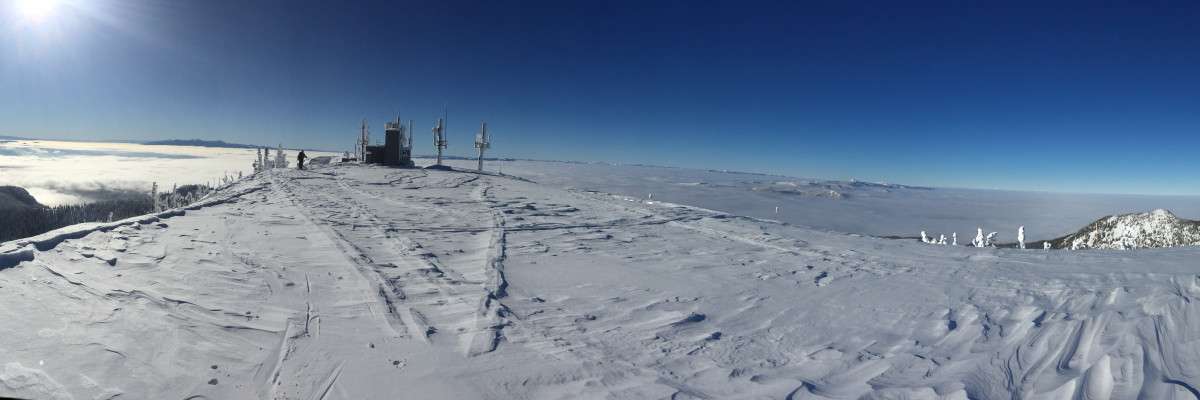The current avalanche danger is Low in the west central Montana backcountry. Conditions are generally safe but it is possible to find unstable snow in isolated areas particularly on shaded terrain steeper than 35 degrees above 7000 feet. There is always some chance of triggering an avalanche if you recreate or travel on slopes 35 degrees and steeper.
Good morning, this is Travis Craft with the West Central Montana Avalanche Center’s avalanche advisory for January 05, 2016. This danger rating does not apply to operating ski areas, expires at midnight tonight (Jan.05) and is the sole responsibility of the U.S. Forest Service.
Weather and Snowpack
Today mountain temperatures are in the high 20’s or above freezing. Winds are 9 mph with gusts of 14 mph out of the East. The advisory area has received no new snow.
The mild temperatures above 6000 feet have helped to stabilize our snowpack. Low hazard means that conditions are relatively safe. Specific terrain has lingering instabilities. Shaded steep slopes above 7000 feet are where we are finding the Thanksgiving facets to still show some signs of instability. I would recommend that you dig a pit and look for this layer. On Monday in the Rattlesnake we found this layer was reactive on a shaded steep slope. The Rattlesnake is the only area that we are getting any signs of instability on the basal facets. There is always some chance of triggering an avalanche if you recreate or travel on slopes 35 degrees and steeper.
Tim and I toured in the northern Bitterroots yesterday and found a well bonded snowpack. The weather was above freezing and mild above 7000 feet. We found some isolated pockets of wind slabs, Steve found a similar problem in the Rattlesnake. With the warmer temperatures we saw trees shedding snow and on sun exposed slopes, a melt freeze crust. Steve reported finding a melt freeze crust too. Tim and I found pockets of surface hoar where the sun and wind had not beaten it down. These new surfaces will be our future layers of concern with the addition of new snow.
Avalanche and Weather Outlook
This weather flow will continue with strong inversions. Some mountain locations are above freezing this morning. There is a chance of a disturbance to come in today and drop a small amount of new snow. With this weather pattern I would expect the avalanche danger to stay the same. With a warming surface snowpack look for clues such as rollerballs, they are signs that loose wet avalanches could be triggered.
I will issue the next advisory on January 07. Ski and ride safe.
























